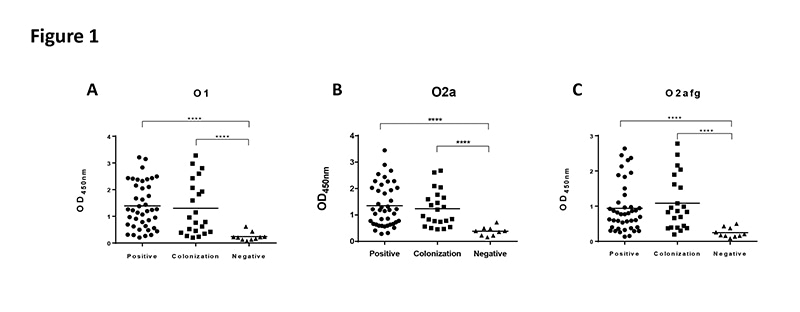
Mechanisms of immunoevasion of Klebsiella pneumoniae
Brief description
Currently, several pathogenic microorganisms possess resistance to multiple antibiotics leading to a huge increase in nosocomial infections, some of them fatal. Among these, Klebsiella pneumoniae infections are widespread, mainly due to the plastic ability of this bacterium to acquire resistance genes, including to carbapenems. To establish efficient infections, K. pneumoniae must overcome several host immune defenses. Lipopolysaccharides (LPS) play an ambiguous role, as they both activate immune responses but can also play a role in immunoevasion. K. pneumoniae LPS can be classified into different serotypes by their O antigen. Interestingly, O2a and O2afg serotypes are prevalent in most multidrug-resistant K. pneumoniae strains. In this project, we aim to unravel if LPS O2a and O2afg serotypes could be part of an immuneevasion mechanism that allows multidrug-resistant strains of K. pneumoniae to avoid cells from the immune system and spread throughout the body.
Impact:
As previously mentioned, K. pneumoniae is a pathogen of clinical importance due to its ability to develop resistance to all classes of antibiotics. Furthermore, K. pneumoniae has been shown to be able to evade immune responses via some surface proteins, such as fimbriae, and their LPS. However, these mechanisms are not yet fully understood. Once we understand how this bacterium manages to evade the immune system, new immunotherapies could be developed that would prevent the spread of K. pneumoniae in the body, thus preventing new infections. These therapies will be very suitable for patients in hospitals such as IRCCS-ISMETT, who have to undergo immunosuppressive regimens, thus becoming more susceptible to bacterial infections.
Pipeline
-
CLINICAL
NEED -
DISEASES
ANALYSIS - DISCOVERY
-
PRECLINICAL
VALIDATION -
PRECLINICAL
DEVELOPMENT -
CLINICAL
STUDIES

Principal Investigator
Contact
Therapeutic area:
Products:
Biologics
Collaborations:
- Istituto Mediterraneo per i Trapianti e Terapie ad Alta Specializzazione (IRCCS-ISMETT), Palermo, Italia
- Azienda Ospedaliera Universitaria Careggi, Firenze, Italia
- Vaxxilon gmbH, Berlino, Germania
Scarica il pdf del progetto
